Home>Furniture & Design>Outdoor Furniture>How Many Lumens Should An Outdoor Projector Have
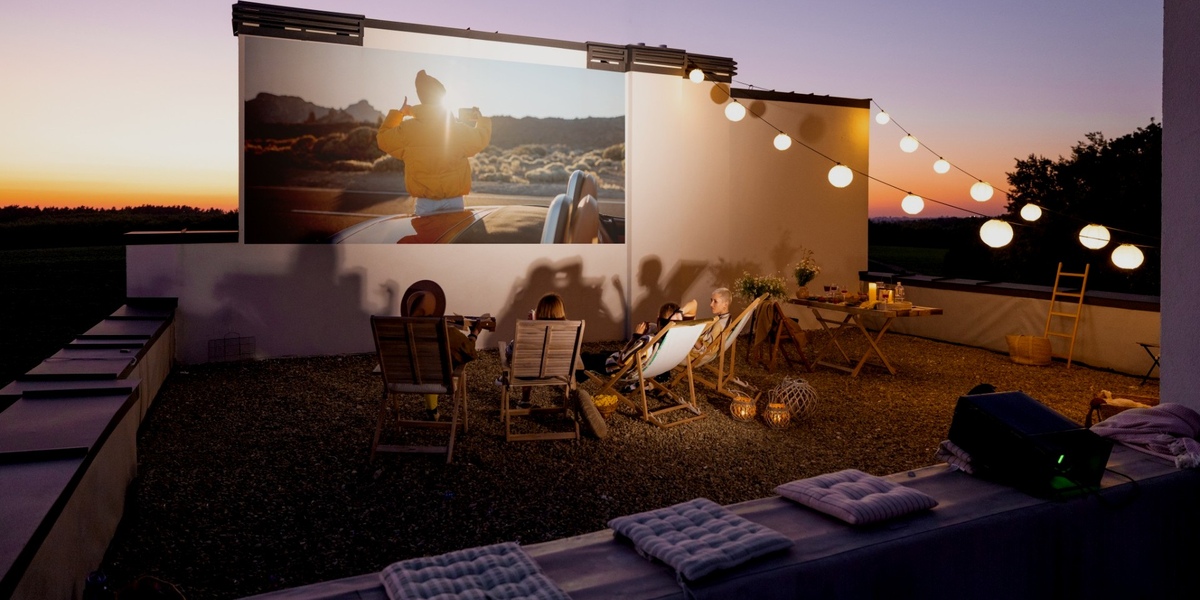

Outdoor Furniture
How Many Lumens Should An Outdoor Projector Have
Modified: January 24, 2024
Find the ideal lumens for your outdoor projector with our expert guide. Get the best outdoor furniture, furniture, and design tips for your outdoor entertainment space.
(Many of the links in this article redirect to a specific reviewed product. Your purchase of these products through affiliate links helps to generate commission for Storables.com, at no extra cost. Learn more)
Introduction
Outdoor projectors have become increasingly popular for a wide range of activities, from backyard movie nights to outdoor events and presentations. One of the key considerations when selecting an outdoor projector is the lumens it produces. Lumens measure the brightness of the projected image, and finding the right balance is crucial for achieving a clear and vibrant display in outdoor settings.
In this comprehensive guide, we will delve into the factors that should be taken into account when determining the ideal lumen output for an outdoor projector. Understanding these factors will empower you to make an informed decision and ensure that your outdoor viewing experience is nothing short of spectacular. Let's explore the essential considerations and recommended lumen levels to help you make the most of your outdoor projector setup.
Key Takeaways:
- Choose an outdoor projector with higher lumens for daytime or well-lit environments, and lower lumens for nighttime use to combat ambient light and ensure a vibrant image.
- Tailor the lumen output of your outdoor projector to suit the specific environment and usage scenario, whether it’s a casual backyard movie night or a large-scale public event, for a captivating and immersive visual experience.
Read more: How Many Lumens For An Outdoor Projector
Factors to Consider
When evaluating the appropriate lumen output for an outdoor projector, several key factors come into play. By carefully considering these elements, you can determine the optimal brightness level for your specific outdoor environment and intended usage.
- Ambient Light Conditions
- Screen Size and Distance
- Resolution and Image Quality
Each of these factors plays a crucial role in determining the ideal lumen output for your outdoor projector. Let’s explore them in more detail to gain a comprehensive understanding of how they influence your decision-making process.
Ambient Light Conditions
The ambient light conditions in your outdoor setting play a significant role in determining the required lumen output for your projector. Bright ambient light can diminish the perceived brightness and clarity of the projected image, making it essential to compensate with a higher lumen output. Consider the following scenarios:
- Daytime Use: If you plan to use the outdoor projector during daylight hours, especially in direct sunlight or well-lit environments, a higher lumen output is necessary to combat the natural light and maintain a visible and vibrant image.
- Twilight and Dusk: During the transitional periods between daylight and complete darkness, known as twilight and dusk, ambient light levels can vary. A moderately high lumen output may be sufficient to ensure clear visibility during these times.
- Nighttime Use: In the absence of significant ambient light, such as in the evening or at night, lower lumen output may still provide a satisfactory viewing experience, as the contrast between the darkness and the projected image can enhance perceived brightness.
By carefully assessing the typical time of day and prevailing light conditions in your outdoor viewing area, you can gauge the appropriate lumen output needed to counteract ambient light and deliver a captivating visual experience.
Screen Size and Distance
Another critical consideration when determining the ideal lumen output for an outdoor projector is the size of the screen and the distance from which the projected image will be viewed. These factors directly impact the perceived brightness and clarity of the projected content.
When projecting onto a larger screen or from a greater distance, a higher lumen output becomes essential to maintain a vivid and well-defined image. Conversely, smaller screens and shorter viewing distances may require lower lumen levels to achieve an optimal viewing experience without overwhelming the audience with excessive brightness.
It’s important to consider the interplay between screen size, distance, and lumen output to achieve the desired visual impact. Additionally, the specific projector model and its throw ratio – the relationship between the distance of the projector from the screen and the width of the projected image – should be factored into this assessment.
By carefully evaluating the intended screen size, viewing distance, and the technical specifications of the projector, you can determine the appropriate lumen output to ensure that your outdoor viewing experience is immersive and visually impressive.
When choosing an outdoor projector, aim for a minimum of 2,000 lumens for a clear and bright image, especially if you plan to use it in the evening or under ambient light.
Resolution and Image Quality
Resolution and image quality are pivotal factors that influence the perceived brightness and overall visual experience when using an outdoor projector. The resolution of the projected image, typically expressed in terms of pixels (e.g., 1080p, 4K), directly impacts the level of detail and clarity.
Higher resolution content, such as 4K Ultra HD, demands a projector with ample lumen output to ensure that the intricate details are faithfully reproduced, especially in outdoor settings where environmental factors may impact visibility. Conversely, lower resolution content may be adequately served by a projector with a lower lumen output, provided that the ambient light conditions are favorable.
Furthermore, the quality of the projected image, including color accuracy, contrast ratio, and overall sharpness, contributes to the perceived brightness and visual fidelity. A projector with superior image processing capabilities and color reproduction may deliver a more vibrant and lifelike picture, potentially mitigating the need for extremely high lumen output in certain scenarios.
By carefully assessing the resolution and image quality requirements of your projected content, you can make an informed decision regarding the appropriate lumen output for your outdoor projector, ensuring that the visual experience is captivating and true to the original content.
Recommended Lumens for Different Environments
When selecting an outdoor projector, it’s essential to consider the specific environmental conditions in which it will be used. Different outdoor settings and activities may necessitate varying lumen outputs to achieve optimal visibility and image quality. Here are the recommended lumen levels for different outdoor environments:
- Backyard or Residential Use: For casual backyard movie nights or outdoor gatherings in a residential setting, a projector with approximately 2,000 to 3,000 lumens is often sufficient, especially if the viewing occurs after dusk or in the evening when ambient light levels are lower.
- Public Events and Large Gatherings: In settings where a larger audience will be present, such as public events, community gatherings, or outdoor presentations, a projector with a higher lumen output, typically ranging from 3,000 to 5,000 lumens or more, may be necessary to ensure that the projected content remains clearly visible amidst varying ambient light conditions and audience sizes.
- Outdoor Cinemas and Movie Screenings: Dedicated outdoor cinema setups, including inflatable screens or permanent outdoor movie theaters, often require projectors with lumen outputs exceeding 5,000, particularly for larger screens and immersive viewing experiences. This higher brightness level helps maintain image clarity and vibrancy, even in the presence of ambient light.
- Commercial and Professional Use: For commercial applications, such as outdoor advertising, digital signage, or professional presentations, projectors with lumen outputs ranging from 5,000 to 10,000 or more may be necessary to ensure that the projected content remains highly visible and impactful in various outdoor environments and lighting conditions.
By aligning the lumen output of your outdoor projector with the specific environment and usage scenario, you can guarantee that the projected content is compelling and visually engaging, regardless of the outdoor setting.
Conclusion
Choosing the right lumen output for an outdoor projector is a pivotal decision that directly influences the quality of the viewing experience in outdoor settings. By carefully considering factors such as ambient light conditions, screen size and distance, resolution, and the intended usage environment, you can make an informed choice that ensures optimal brightness and visual impact.
It’s important to remember that the recommended lumen levels for outdoor projectors vary based on the specific environment and the nature of the projected content. Tailoring the lumen output to suit the outdoor setting, whether it’s a casual backyard movie night or a large-scale public event, is essential for delivering a captivating and immersive visual experience.
Ultimately, understanding the interplay between lumen output and environmental factors empowers you to select an outdoor projector that meets your unique requirements, whether it’s for entertainment, professional presentations, or commercial applications. By striking the right balance in lumen output, you can ensure that your outdoor viewing endeavors are characterized by stunning clarity, vibrant visuals, and an unforgettable cinematic experience under the open sky.
Frequently Asked Questions about How Many Lumens Should An Outdoor Projector Have
Was this page helpful?
At Storables.com, we guarantee accurate and reliable information. Our content, validated by Expert Board Contributors, is crafted following stringent Editorial Policies. We're committed to providing you with well-researched, expert-backed insights for all your informational needs.
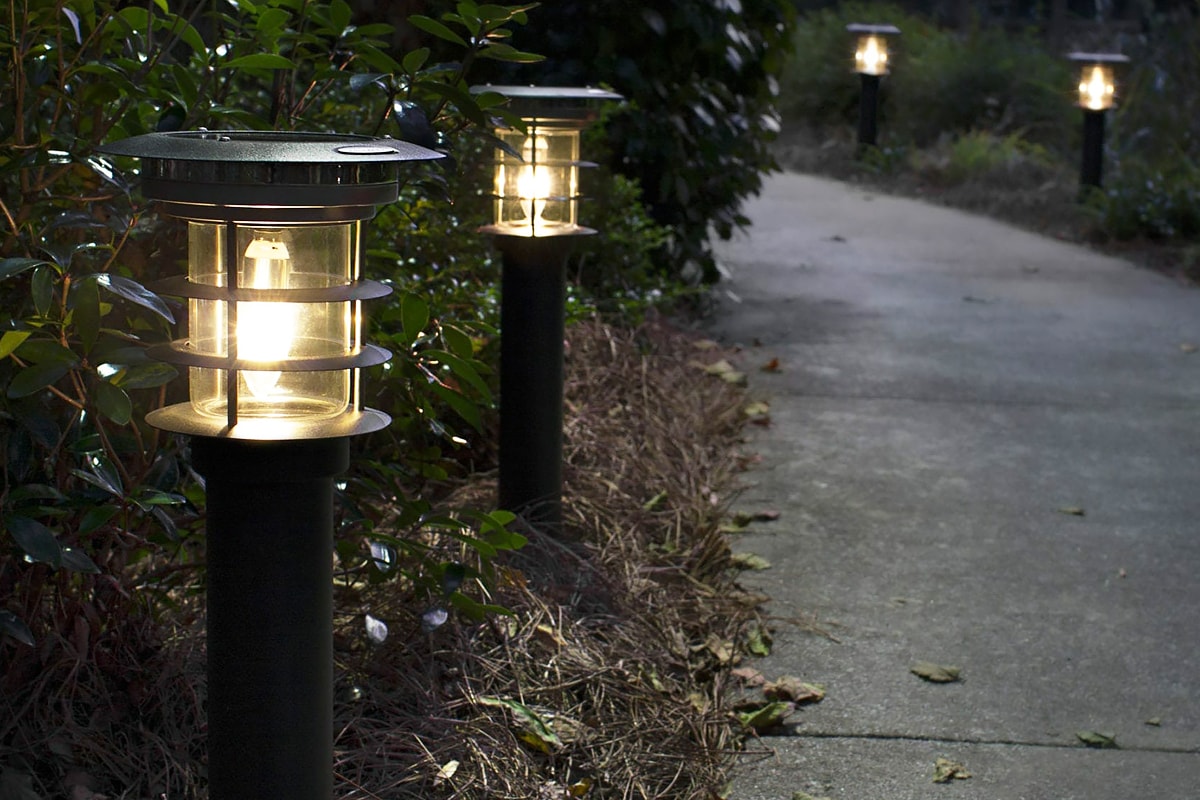

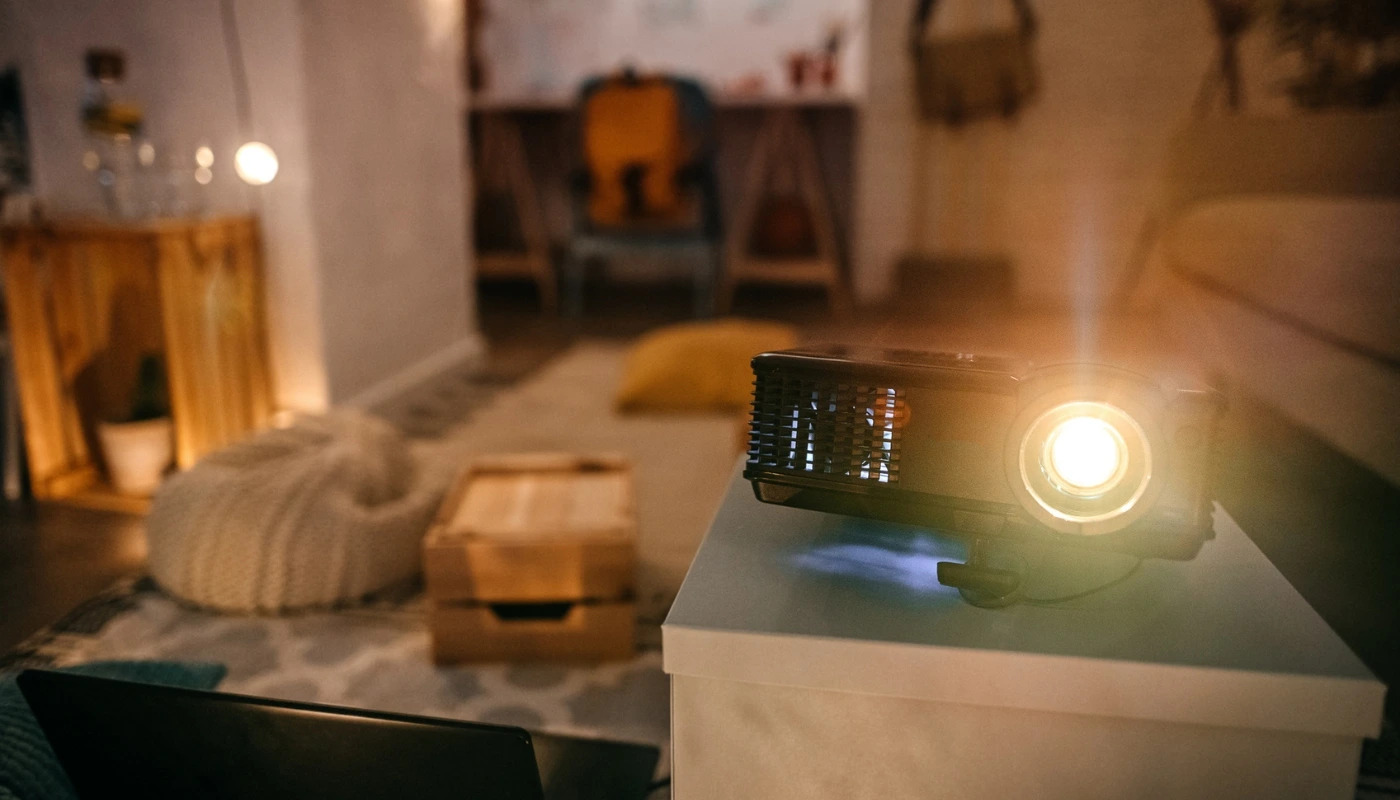
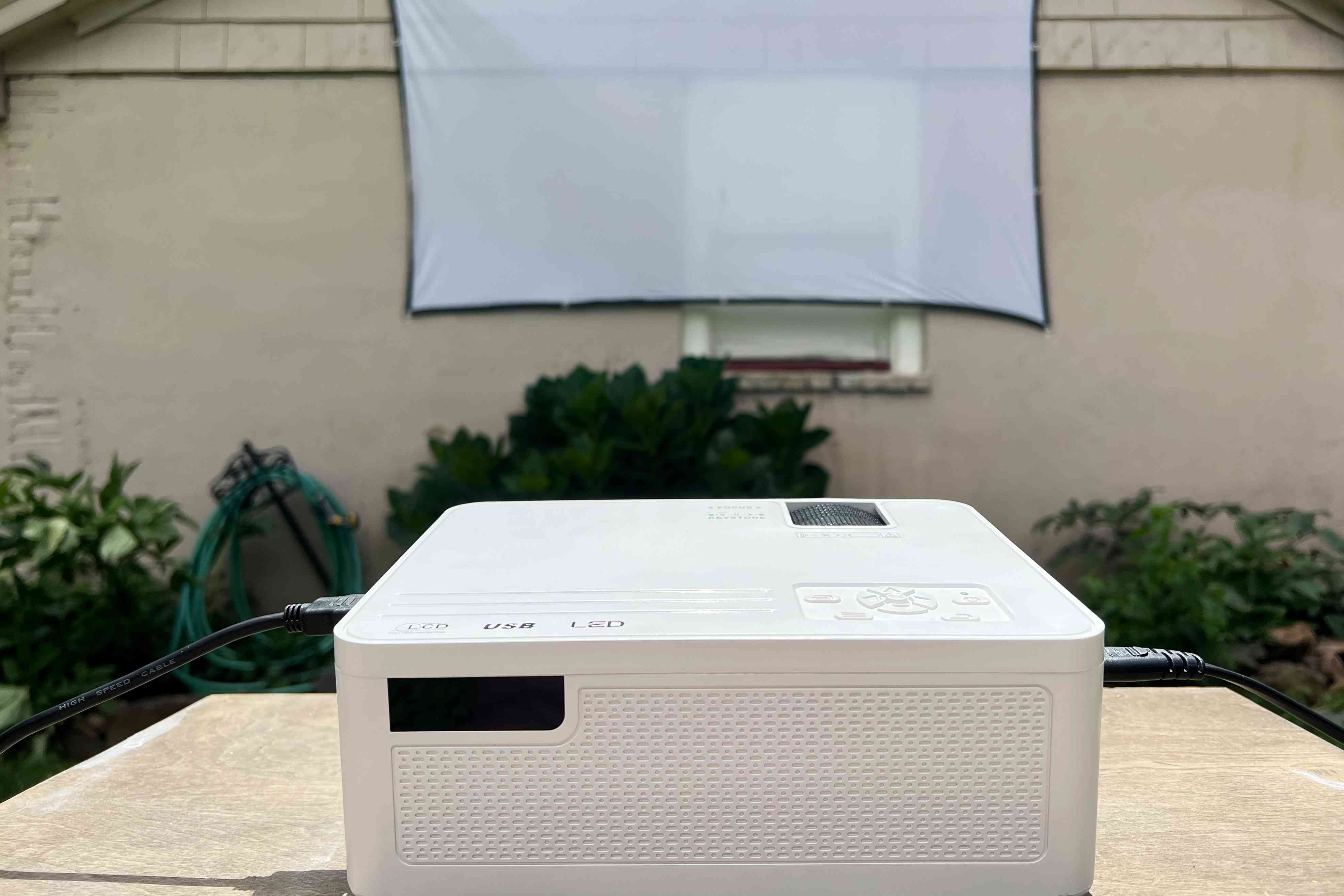
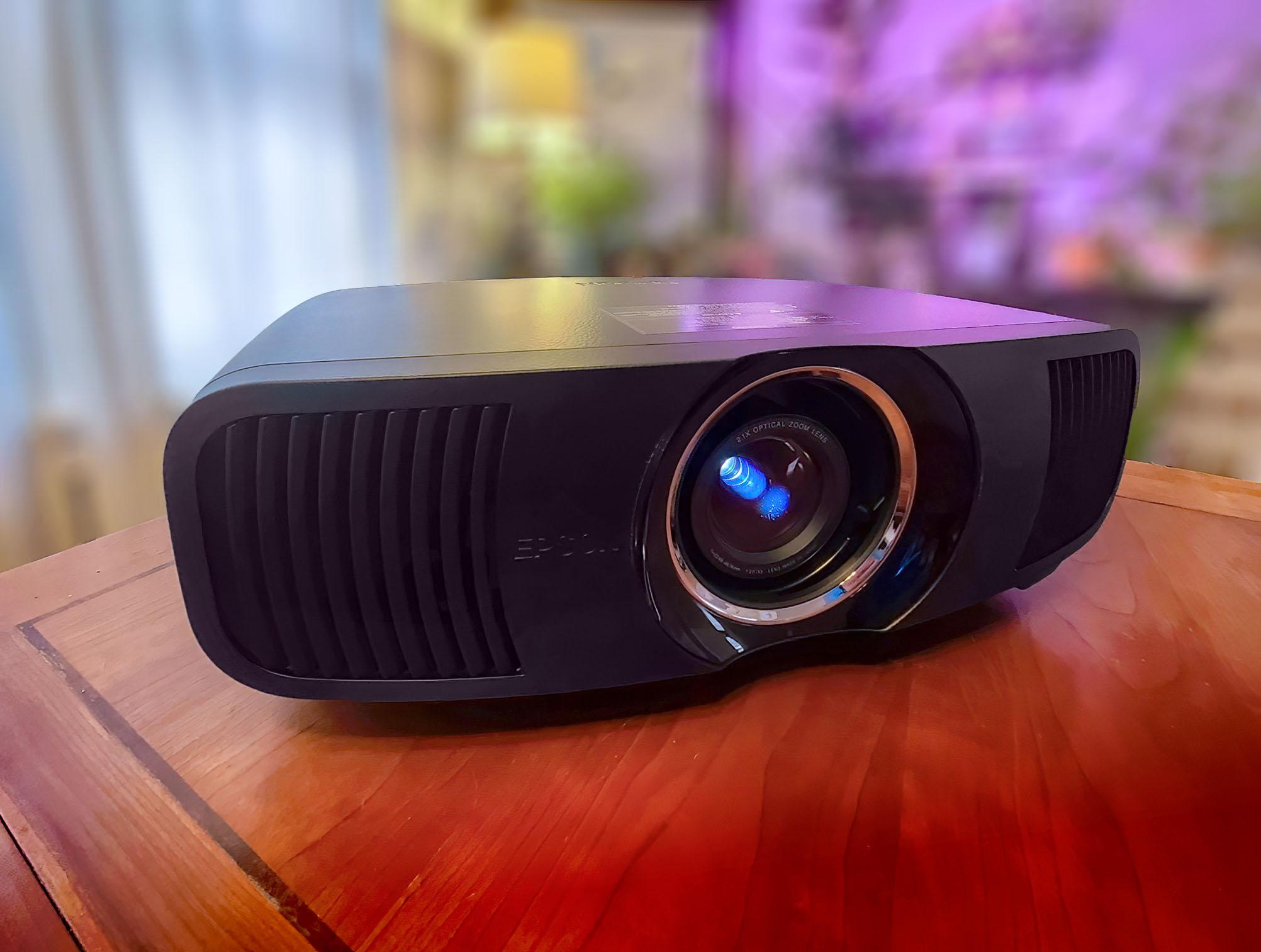
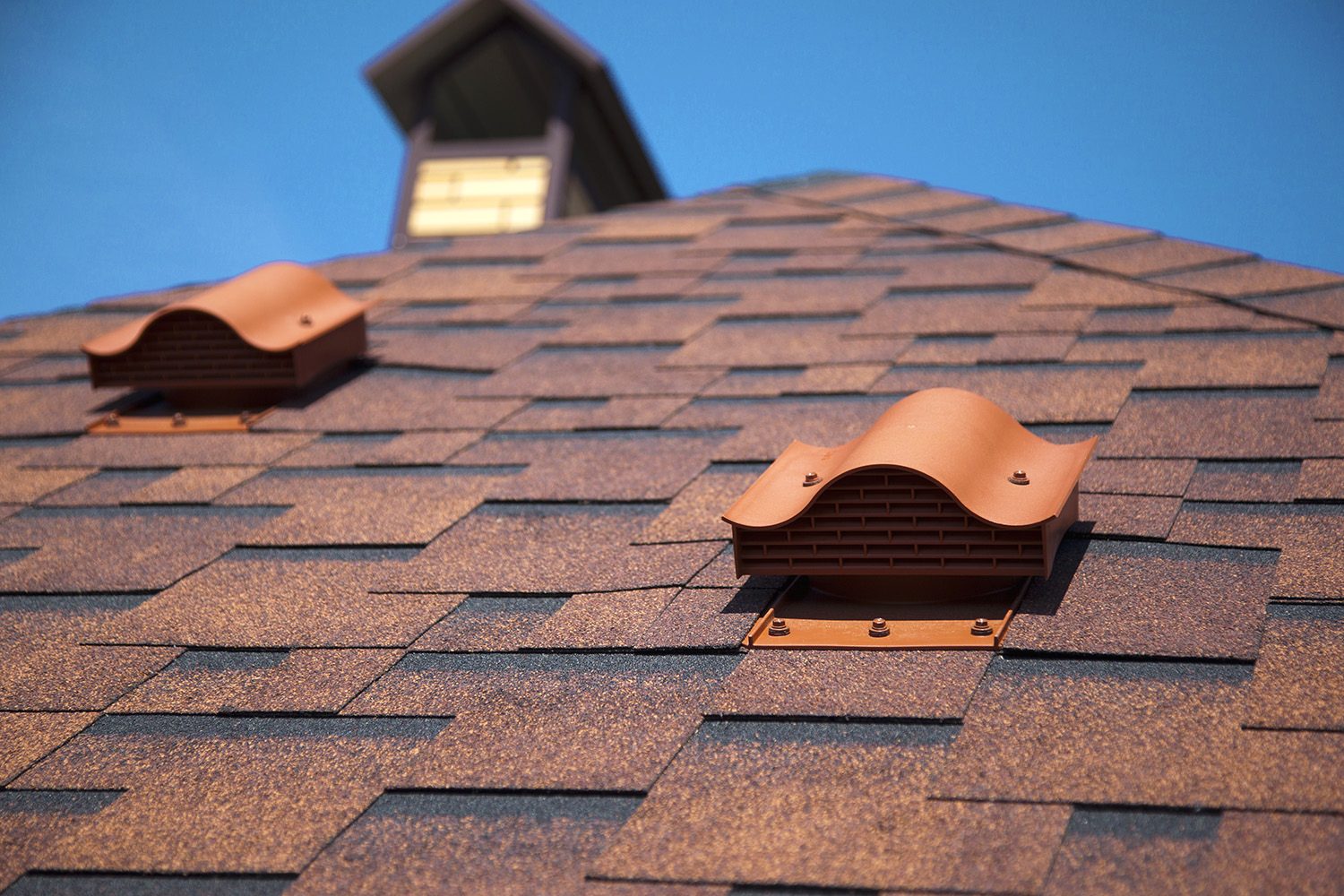

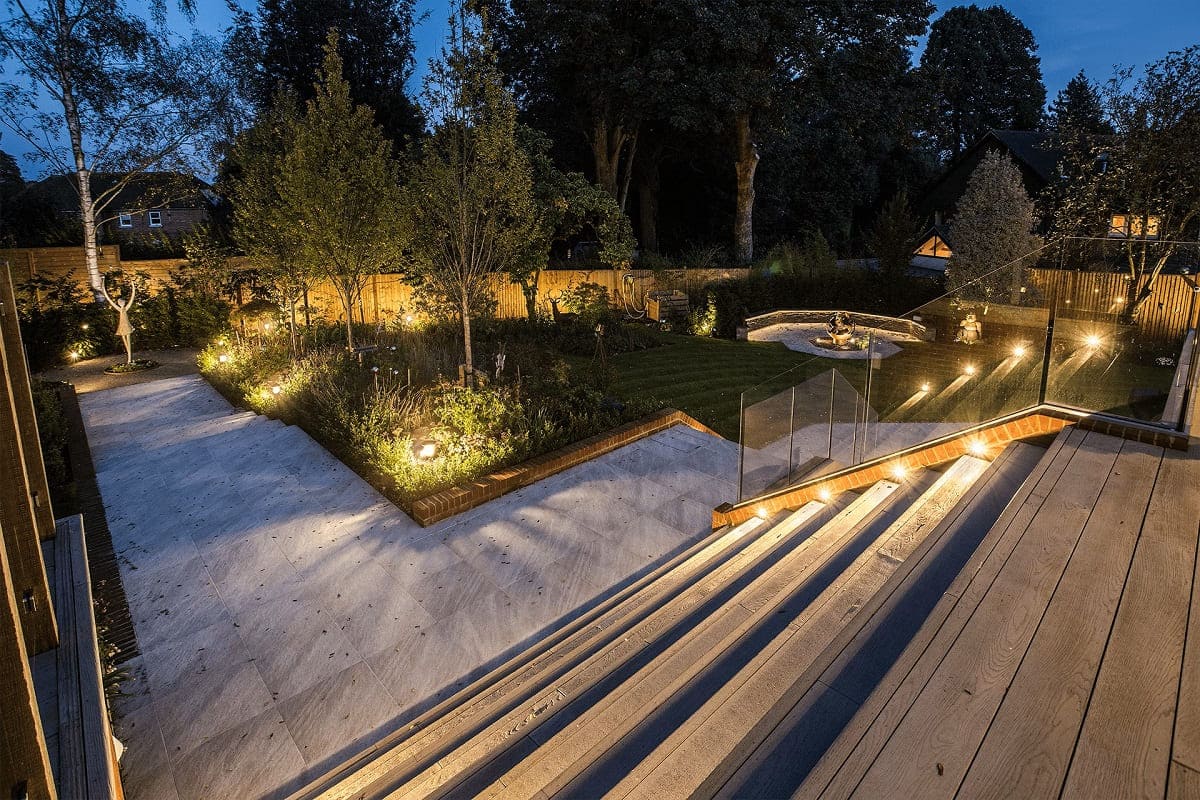
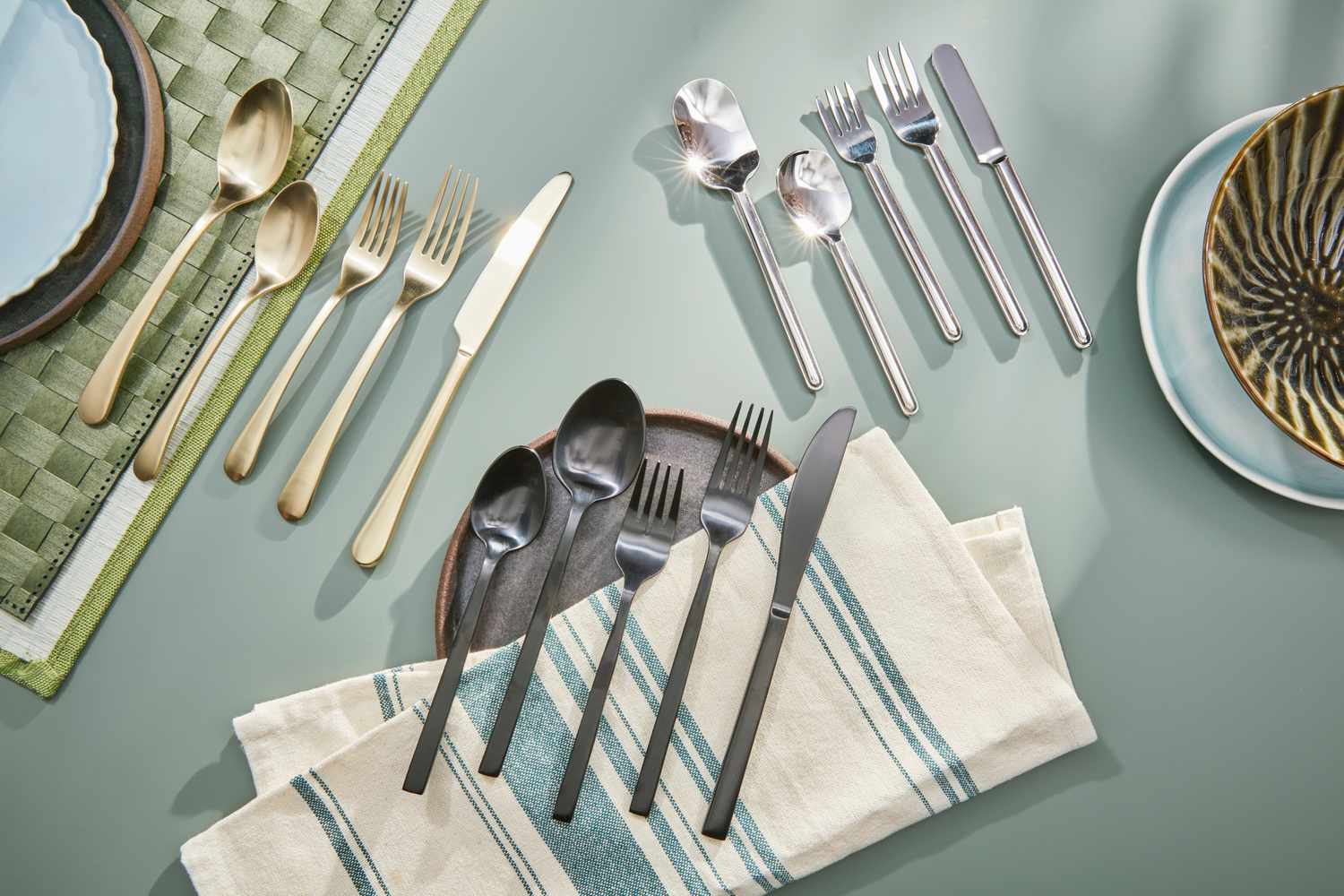
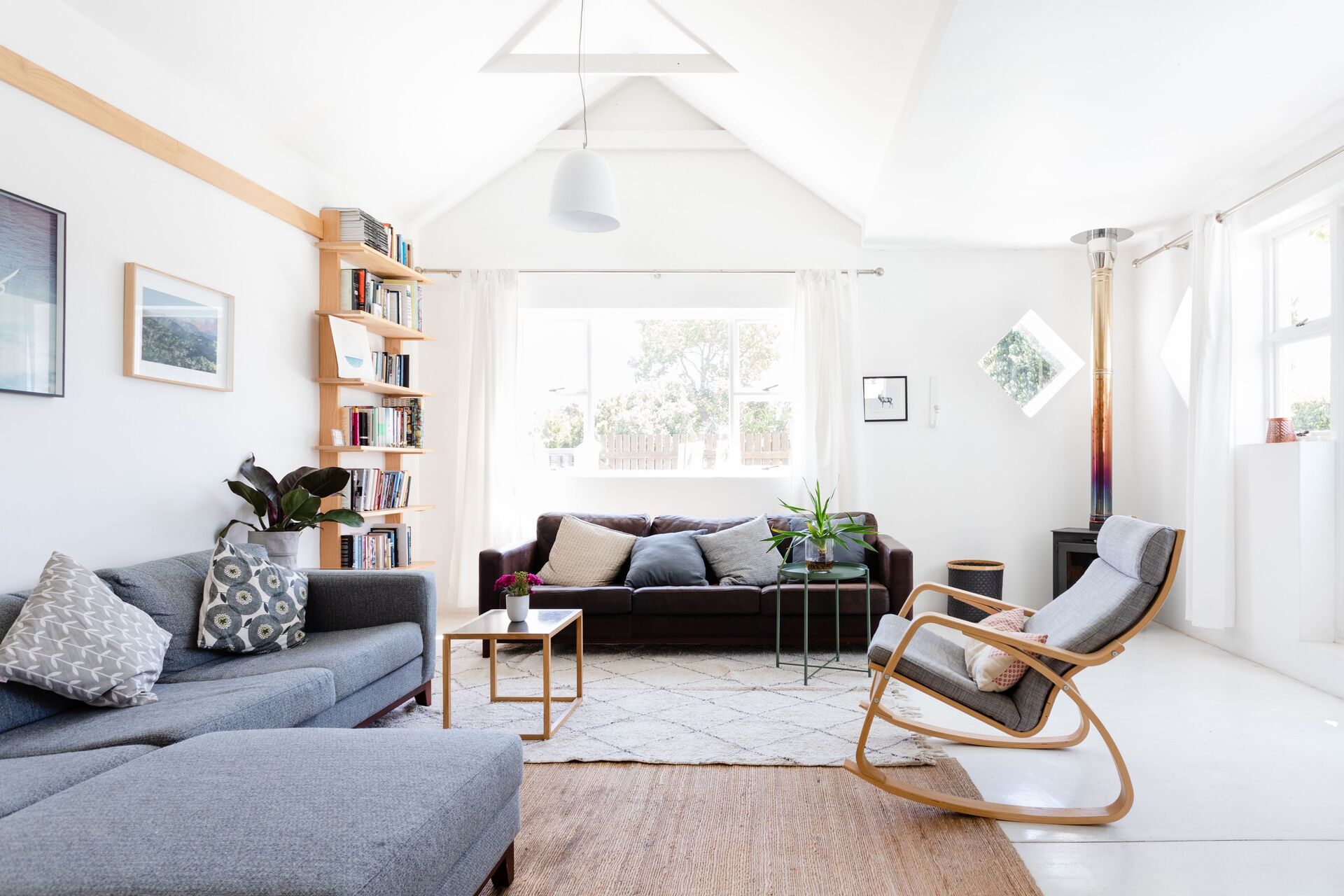
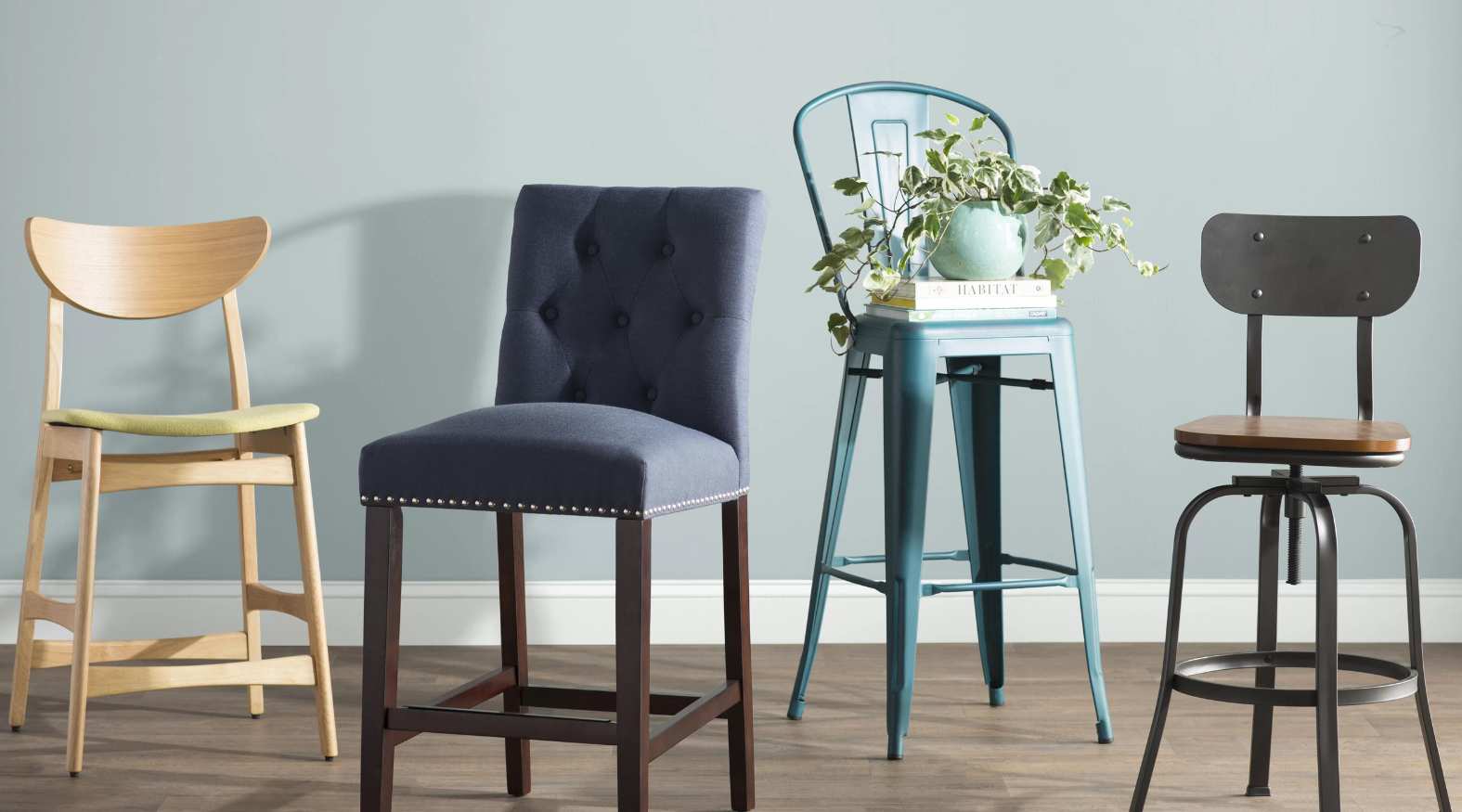
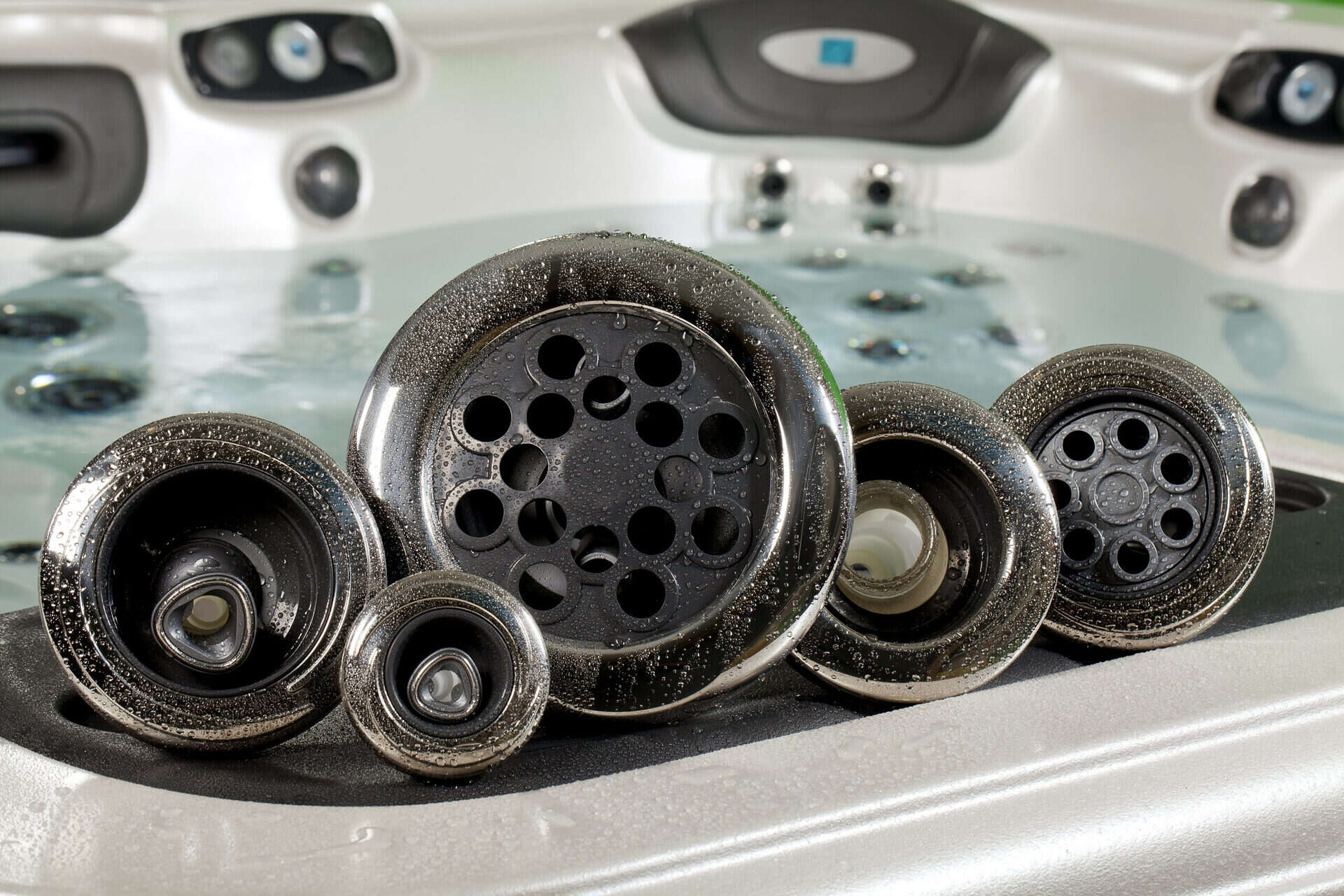
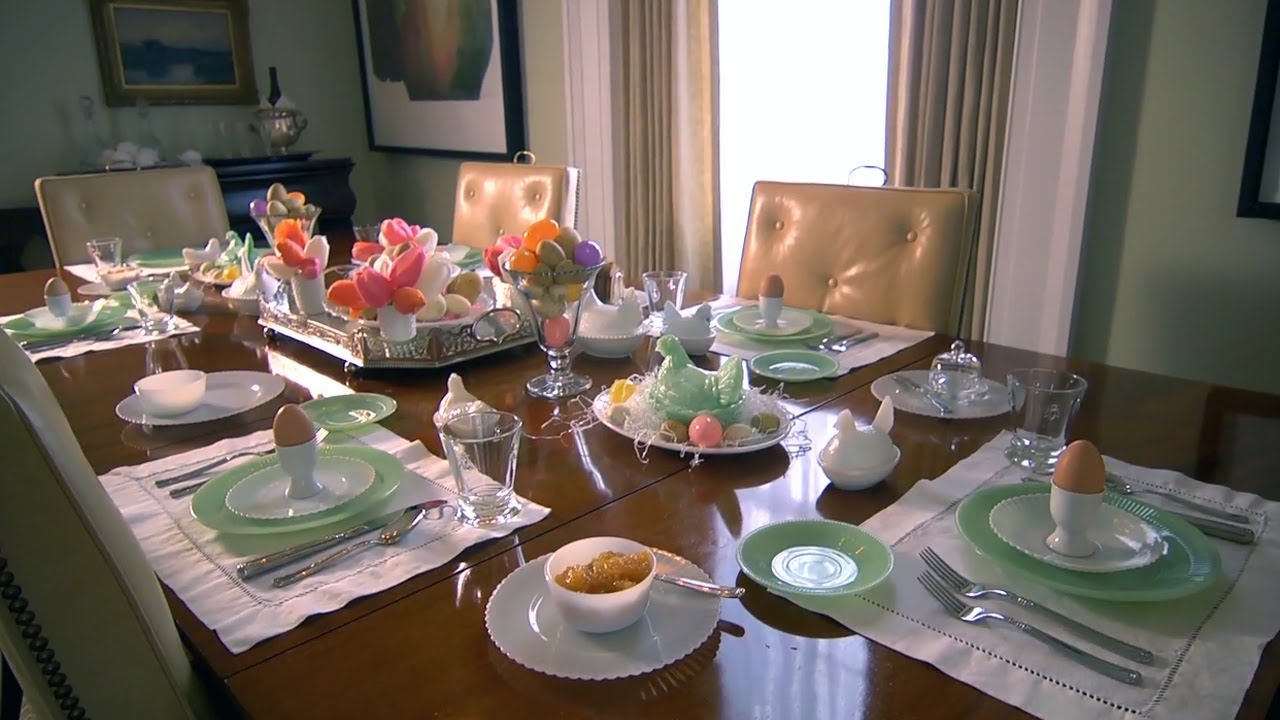
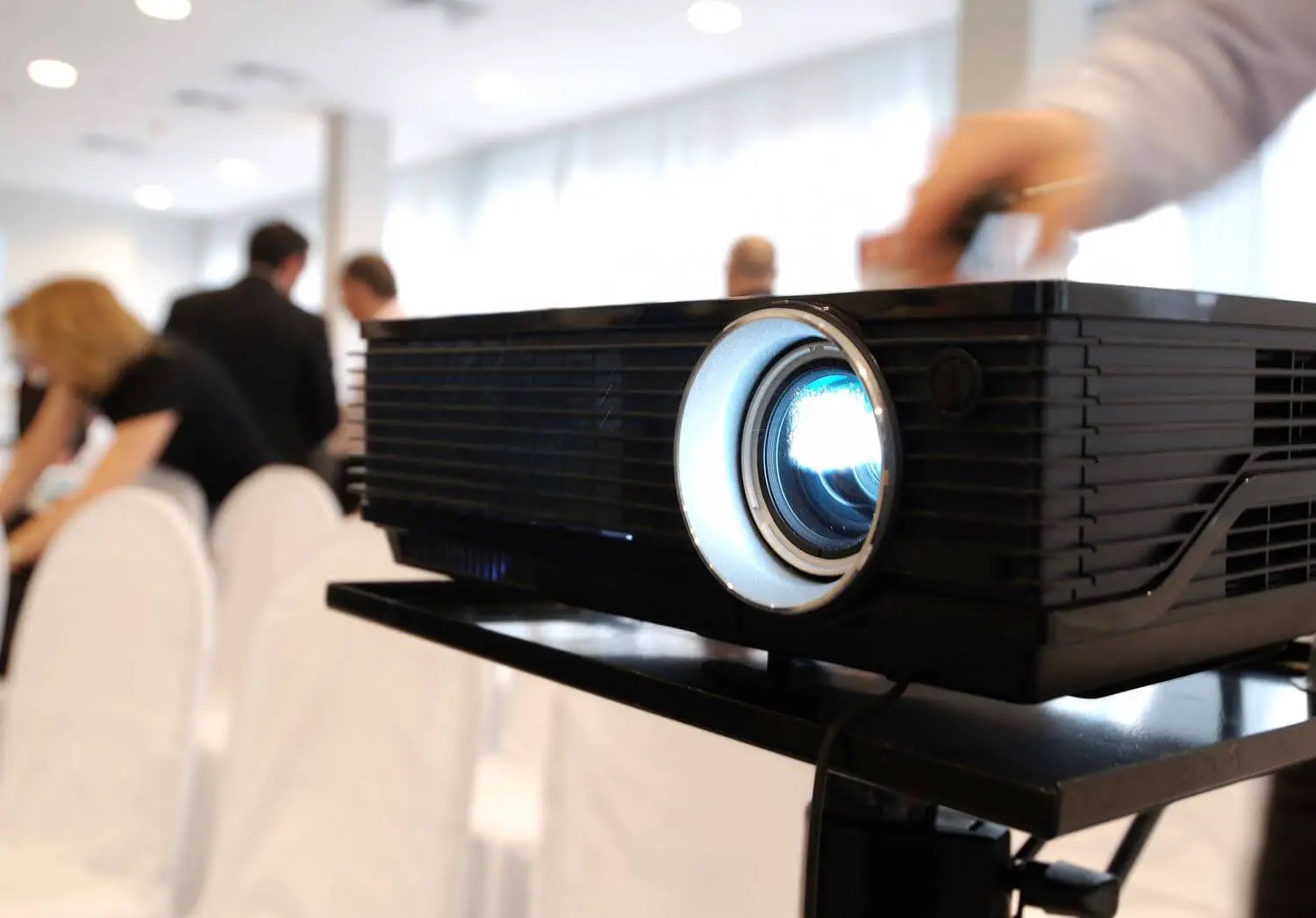

0 thoughts on “How Many Lumens Should An Outdoor Projector Have”